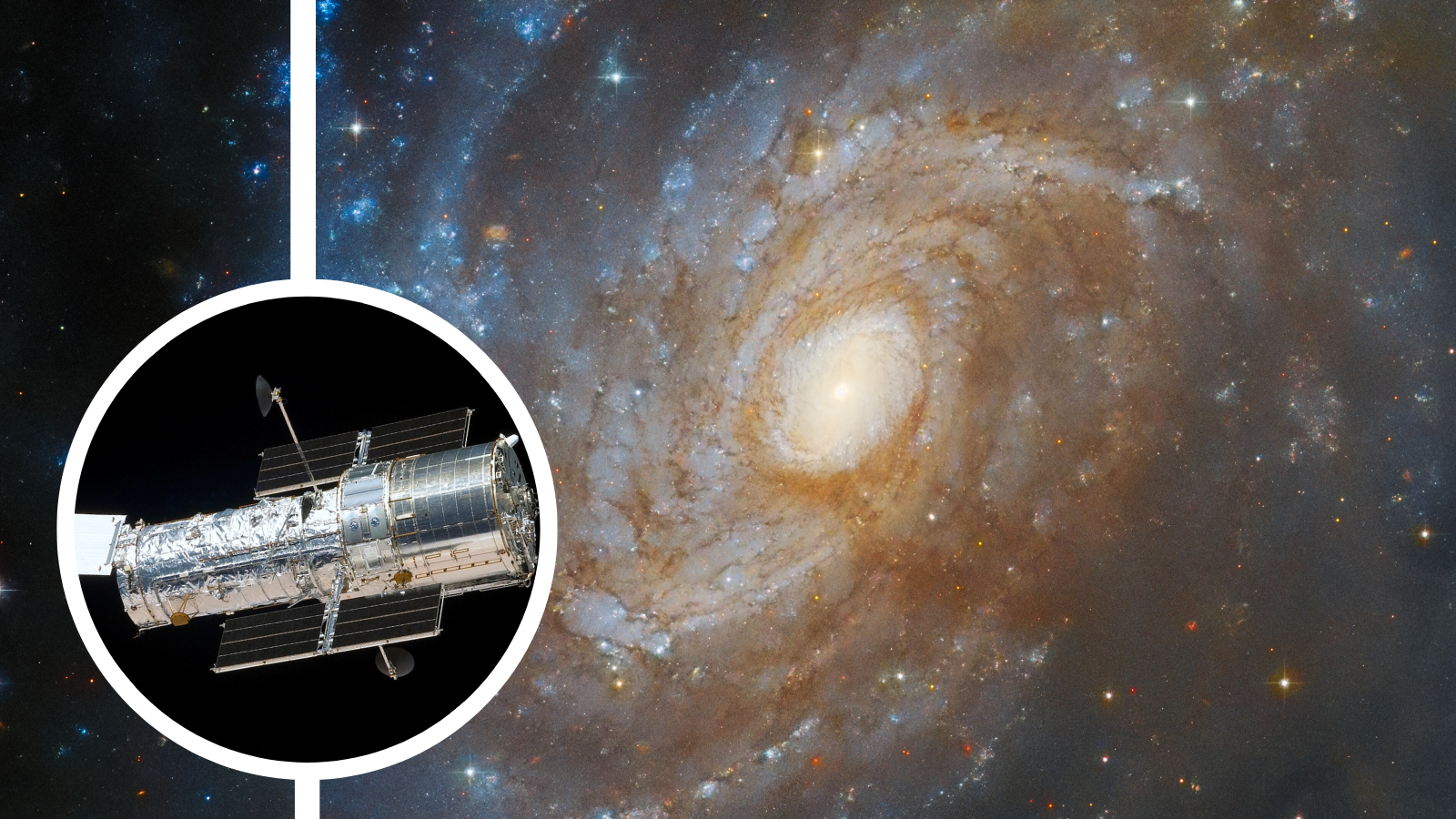Galactic Baby Boom Influenced Life on Earth
The stellarbaby boom period of the Milky Waysparked a flowering and crashing of life here on Earth, a new studysuggests.
Some 2.4 billion yearsago when the Milky Way started upping its star production, cosmicrays--high-speed atomic particles--started pouring onto our planet, causinginstability within the living. Populations of bacteriaand algaerepeatedly soared and crashed in the oceans.
Theresearchers counted the amount of carbon-13 within sedimentary rocks, the most common rocksexposed on the Earth's surface. When algae and bacteria were growing in theoceans, they took in carbon-12, so the ocean had an abundance of carbon-13.
Many seacreatures use carbon-13 to make their shells. If there is a lot of carbon-13 stored in rocks, it meanslife, the origin of which is still unknown, was booming. Therefore, variations in carbon-13 are agood indicator of the productivity of life on Earth.
Theresearchers found that the biggest fluctuation in productivity coincided withstar formation, which had an affect on Earth's climate and therefore on theproductivity of life on our planet.
Accordingto one theory,when a star explodes far away in the Milky Way, cosmic rays penetrate throughthe Earth's atmosphere and produce ions and free electrons. The releasedelectrons act as catalysts and accelerate the formation of small clusters ofsulfuric acid and water molecules, the building blocks of clouds.Therefore, cosmic rays increasecloud cover on Earth, reflecting sunlight and keeping the planet relativelycool.
Althoughcold and icytimes are generally considered unfriendly to life,the data reveals that biological productivity kept oscillating between veryhigh and very low. The reason, the researchers suggest, is that stronger windsduring icy epochs stirred the oceans and improved the supply of nutrients inthe surface waters.
Get the Space.com Newsletter
Breaking space news, the latest updates on rocket launches, skywatching events and more!
"The oddsare 10,000-to-1 against this unexpected link between cosmic rays and the variable state of the biospherebeing just a coincidence, and it offers a new perspective on the connectionbetween the evolution of the Milky Way and the entire history of life over thelast 4 billion years," said study author Henrik Svensmark of the DanishNational Space Center.
The study was detailed in a recent issueof the journal Astronomische Nachrichten.
This article is part of SPACE.com'sweekly Mystery Monday series.
The StrangestThings in Space
CosmicRays Linked to Global Warming
Join our Space Forums to keep talking space on the latest missions, night sky and more! And if you have a news tip, correction or comment, let us know at: community@space.com.










